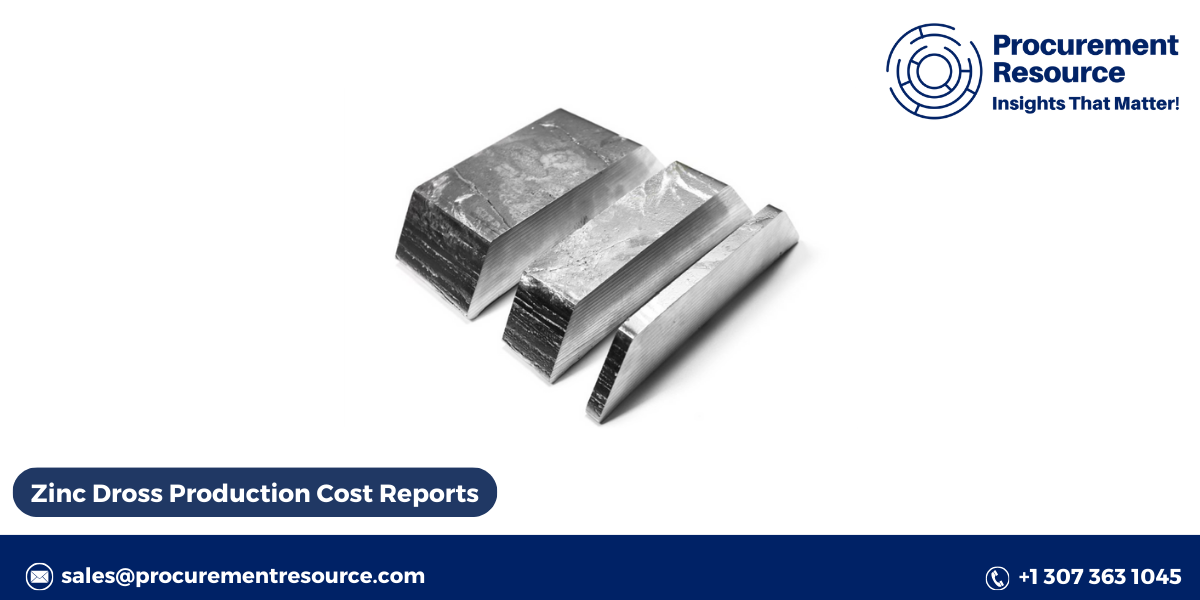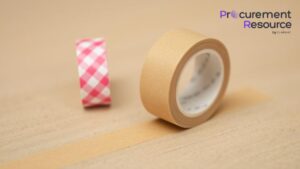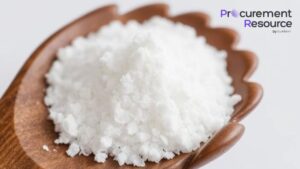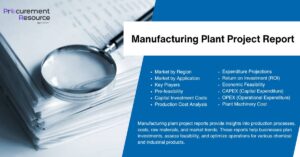
Zinc is an essential metal used in a variety of industries, from galvanization to the manufacturing of batteries and alloys. During the zinc smelting process, various by-products are generated, one of which is zinc dross. Understanding the production of zinc dross, its recycling potential, and its various uses can be highly beneficial for industries focused on sustainability and waste management.
What is Zinc Dross?
Zinc dross is a by-product formed during the galvanizing or zinc coating processes. When zinc is melted and used to coat other metals such as steel to prevent corrosion, a reaction takes place between the molten zinc and the atmosphere, resulting in the formation of dross. Dross is typically a combination of zinc and iron, with impurities like aluminum or lead, which float to the surface of molten zinc baths.
Request For Sample: https://www.procurementresource.com/production-cost-report-store/zinc-dross/request-sample
Production of Zinc Dross
The production of zinc dross is a natural result of the galvanizing and smelting processes. Here’s an overview of how zinc dross is produced:
- Melting Process: Zinc is heated to its molten state in a furnace. As the zinc reaches temperatures above 420°C, it becomes liquid and is ready for use in galvanizing.
- Galvanizing Bath: The molten zinc is used in galvanizing, where metals like steel are dipped to form a protective layer of zinc. This process results in the creation of waste materials, including zinc dross, as the molten zinc reacts with the metal and the atmosphere.
- Dross Formation: As the temperature increases and the galvanizing process continues, impurities such as iron from the base metal start to mix with the molten zinc, forming zinc dross. This dross, being less dense, floats to the surface of the zinc bath and can be skimmed off.
- Collection: Zinc dross is collected from the surface of the molten zinc bath and stored separately. The dross typically contains high levels of recoverable zinc and can be recycled and reprocessed.
- Separation: To recycle zinc dross, it is processed to separate zinc from other elements like iron. Through methods like mechanical separation and leaching, pure zinc can be recovered from the dross, which can then be reused in various industries.
Zinc Dross Uses
Zinc dross has various industrial applications, making it a valuable resource for recycling and reprocessing. Some key uses include:
- Zinc Recovery: The most common use of zinc dross is in the recovery of pure zinc. By reprocessing the dross, up to 98% of zinc can be extracted, which can then be used again in galvanizing or other processes.
- Alloy Production: Zinc dross is also used in the manufacturing of zinc-based alloys. These alloys are used in die-casting and for creating a wide range of products, from automotive parts to consumer electronics.
- Chemical Industry: Zinc dross is utilized in the production of zinc oxide, an essential compound used in rubber manufacturing, paints, ceramics, and cosmetics. Zinc oxide is a versatile chemical with applications in various industries.
- Fertilizers: In agriculture, zinc is a micronutrient required for plant growth. Zinc dross is processed to produce zinc-based fertilizers that improve crop yields and soil quality.
- Battery Manufacturing: Zinc is a key component in the production of batteries, particularly zinc-carbon and alkaline batteries. Recovered zinc from dross can be reused in battery production, helping to meet the growing demand for energy storage.
Challenges and Opportunities
While zinc dross recycling presents numerous opportunities for resource recovery, there are some challenges involved. The presence of impurities such as lead or cadmium in the dross can make the recycling process more complicated and expensive. However, advancements in recycling technology are helping to mitigate these issues, making zinc recovery more efficient and environmentally friendly.
Additionally, the rising demand for zinc in emerging industries, such as electric vehicles and renewable energy, is likely to drive up the need for zinc dross recycling. Companies that can efficiently process and reuse zinc dross will be at a competitive advantage in the market.
Zinc dross, once considered waste, is now recognized as a valuable by-product that can be recycled and reused in various industries. The production process is a natural outcome of zinc smelting, and through proper collection and processing, the dross can be transformed into a range of useful materials. From zinc recovery to alloy production, the uses of zinc dross are vast and important for industries aiming to reduce waste and promote sustainability. With the growing emphasis on resource efficiency, the role of zinc dross in the circular economy is only set to increase.
Contact Us:
Company Name: Procurement Resource
Contact Person: Endru Smith
Email: sales@procurementresource.com
Toll-Free Number: USA & Canada - Phone no: +1 307 363 1045 | UK - Phone no: +44 7537 132103 | Asia-Pacific (APAC) - Phone no: +91 1203185500
Address: 30 North Gould Street, Sheridan, WY 82801, USA



